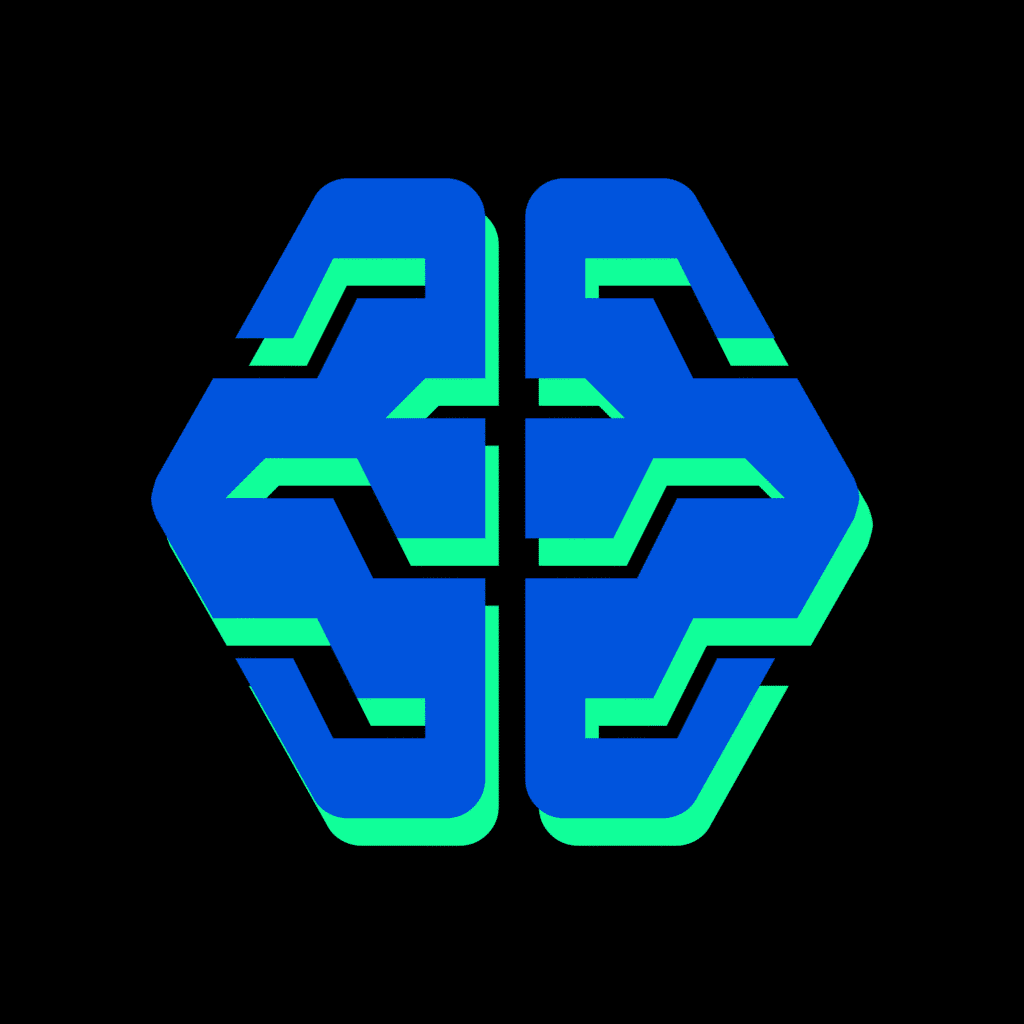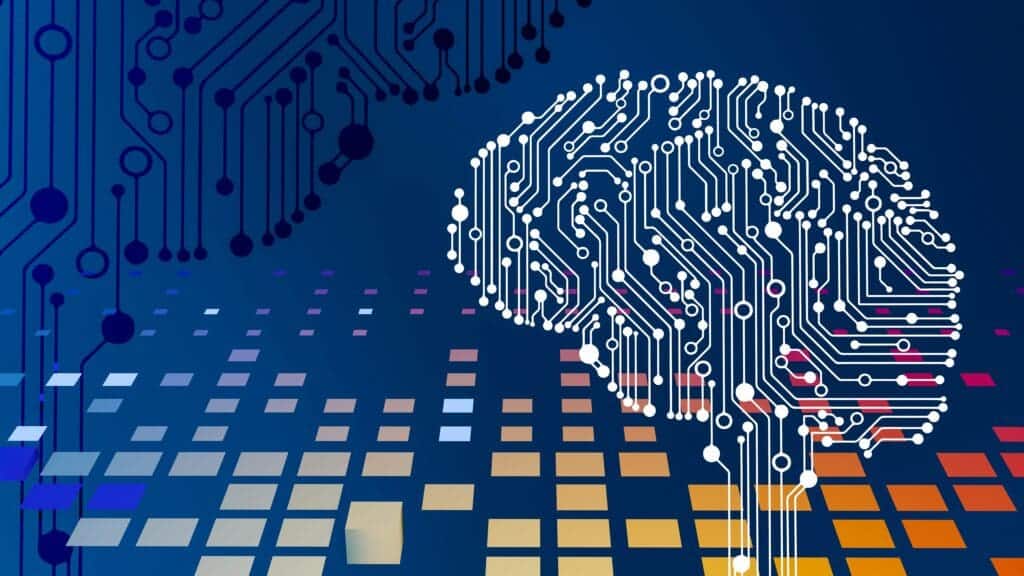Introduction to Artificial Intelligence in Education

Artificial Intelligence (AI) has rapidly emerged as a transformative force within the educational landscape, redefining traditional teaching and learning paradigms. Defined as the simulation of human intelligence processes by machines, particularly computer systems, AI encompasses a wide variety of technologies, including machine learning, natural language processing, and robotics. In the educational sector, these tools are being utilized to create personalized learning environments, automate administrative tasks, and enhance overall student engagement.
The integration of AI technologies in education has led to numerous benefits, providing educators and students with innovative solutions to challenges that have long persisted in the classroom. For instance, AI-powered platforms can offer personalized feedback to students, enabling them to progress at their own pace and tailor their learning experiences according to their unique needs and strengths. This level of customization is invaluable in promoting effective learning outcomes and encouraging students to take ownership of their educational journeys.
Moreover, AI facilitates the streamlining of school processes, allowing educators to focus more on instruction rather than administrative burdens. Tasks such as grading assignments, scheduling, and tracking student performance can be automated through AI applications, thereby improving efficiency and enabling teachers to dedicate more time to engaging with their students.
As AI continues to evolve and gain traction in schools, it is essential for students to embrace these tools for their educational development. The growing prevalence of AI in education not only supports enhanced learning experiences but also prepares students for future career opportunities in an increasingly tech-driven world. Engaging with AI technologies will foster critical thinking, problem-solving skills, and adaptability, which are essential competencies in both academic and professional settings. This introduction to AI in education highlights its significant potential and importance for the future of learning.
How AI Can Assist Students

Artificial Intelligence (AI) has emerged as a transformative tool in the education sector, offering numerous ways to assist students in their academic journeys. One of the most notable applications of AI is in the realm of personalized learning. Customizable learning platforms utilize AI algorithms to assess a student’s individual strengths and weaknesses, enabling tailored educational experiences that align with their specific learning styles. This adaptive learning approach allows students to progress at their own pace, enhancing comprehension and retention of material.
Another way AI assists students is through writing assistants. These AI-powered tools, such as grammar checkers and style editors, help students improve their writing skills by providing real-time feedback and suggestions. For instance, applications like Grammarly not only correct grammatical errors but also offer insights into style, tone, and clarity, fostering the development of effective writing habits crucial for academic success.
Furthermore, AI-driven tutoring systems provide additional academic support outside the traditional classroom setting. These platforms, such as Khan Academy and Duolingo, utilize machine learning to adapt lessons based on individual user interactions. By analyzing performance data, these systems offer targeted challenges and resources, helping students grasp complex concepts more effectively. This accessibility to personalized tutoring can significantly enhance a student’s understanding and performance in various subjects.
In addition, AI can streamline students’ organization and time management through scheduling tools. Apps like Trello and Notion leverage AI to assist students in planning their assignments and study sessions efficiently. These tools can analyze deadlines and workload, suggesting optimal study times and techniques for managing tasks, thereby reducing anxiety and improving productivity.
Through these applications and tools, AI significantly enhances the educational experience for students, fostering a more engaging, accessible, and customized learning environment.
Capturing and Developing Ideas with AI

The integration of artificial intelligence (AI) in education has opened new avenues for students to enhance their creativity and hone their writing skills. AI-based tools provide robust platforms for brainstorming and refining ideas, promoting original thought and elevating the writing process. Through various collaborative tools and idea generators, students can engage with AI to explore a wide range of topics, ensuring that their projects, essays, and presentations are rich in substance and creativity.
One of the primary benefits of using AI in the brainstorming phase is its ability to generate a multitude of suggestions quickly. For instance, students can employ AI-driven platforms that offer prompts or keywords related to their subjects. This exposure to diverse perspectives not only enhances students’ understanding of their chosen topics but also cultivates a collaborative environment where shared ideas can flourish. By utilizing these tools, students can kickstart their creative processes, breaking free from the constraints that often accompany writer’s block.
Moreover, AI can play a critical role in the refinement stage of writing. Leveraging advanced algorithms, AI tools can provide personalized feedback on drafts, offering insights into structure, coherence, and style. This immediate guidance allows students to actively engage in the revision process, fostering critical thinking as they assess and incorporate suggestions. By analyzing their work against AI-generated recommendations, students can develop a more sophisticated understanding of effective writing techniques and improve their own abilities over time.
By marrying technology with creativity, students are encouraged to think critically and explore innovative ideas. Furthermore, the collaborative features inherent in many AI platforms facilitate peer-to-peer interactions, allowing students to share their thoughts and benefit from diverse viewpoints. This holistic approach to capturing and developing ideas not only enhances the educational experience but also prepares students for the complexities of modern communication in an increasingly digital world.
What to Avoid: Using AI Unethically

As educational institutions increasingly embrace artificial intelligence (AI) to enhance learning experiences, the potential for misuse becomes a significant concern. Unethical applications of AI in education can lead to severe consequences for students and the integrity of academic systems. Cheating, primarily through the use of AI-generated content, is one of the most pressing issues. When students submit work that is solely produced by AI tools, they compromise their educational journey and fail to develop the critical thinking and problem-solving skills that are essential in today’s world.
Plagiarism, whether in the form of directly copying text or rephrasing AI-generated content without proper attribution, constitutes a violation of ethical standards in academia. Students must understand that any work presented as their own must be original or appropriately cited if it involves external ideas. The submission of AI-generated materials without acknowledgment not only undermines the essence of learning but also casts a long shadow over the credibility of the individual involved. Failing to adhere to these ethical standards can result in academic penalties, including failing grades, disciplinary actions, or even expulsion, which adversely affects the students’ future prospects.
Moreover, the use of AI in academic dishonesty impacts the educational environment. It creates an unfair advantage for those who engage in such practices, thereby devaluing the hard work of honest students. Institutions may also suffer reputational harm as instances of AI misuse come to light, leading to a general erosion of trust in academic programs. Thus, it is imperative for both educators and students to be aware of these ethical considerations when integrating AI into educational practices. By fostering a culture of integrity and responsible use of technology, stakeholders can ensure that the benefits of AI are utilized effectively, without compromising ethical standards.
Balancing AI Use with Personal Learning

In the modern educational landscape, the integration of artificial intelligence (AI) tools has transformed learning experiences, providing unprecedented access to information and personalized learning pathways. However, it is crucial to maintain a balance between AI utilization and the development of personal skills. The risk of over-dependence on AI technologies can lead to diminished critical thinking and problem-solving abilities among students. As AI becomes increasingly embedded in educational settings, the challenge lies in ensuring that learners do not rely solely on these tools but instead engage actively with their academic endeavors.
The propensity to seek immediate answers from AI can foster a mentality of passivity in learning. While AI can facilitate research and provide supplementary resources, students must also cultivate their analytical capabilities and judgment skills. Encouraging learners to question the information provided by AI systems, to cross-reference with credible sources, and to distill their insights into clear arguments is essential for fostering intellectual independence. This approach not only enhances their understanding but also strengthens their ability to navigate complex problems in real-world scenarios.
Another important aspect is the promotion of self-directed learning. Students should be encouraged to set personal learning objectives, pursue inquisitive exploration, and reflect on their progress. This focus on personal effort and initiative is foundational for developing resilience and adaptability—qualities that are indispensable in an era of rapid technological change. Educators play a pivotal role in guiding students in this endeavor, incorporating practices that nurture both the use of AI tools and the honing of essential study skills.
Ultimately, striking a balance between AI use and personal learning will empower students to leverage technology effectively while ensuring they remain active participants in their own education. This synergy is vital for producing well-rounded individuals who are equipped to thrive in an increasingly complex world.
AI as a Tool for Inclusivity in Education

Artificial Intelligence (AI) has the potential to transform educational environments by promoting inclusivity and equity among diverse learner groups. By understanding individual requirements and adjusting to unique learning styles, AI tools can significantly enhance the educational experience for all students, particularly those with disabilities. The integration of AI in classrooms addresses a range of learning needs, thereby ensuring that no student is left behind.
One of the primary benefits of AI in fostering inclusivity lies in its ability to provide personalized learning experiences. Adaptive learning technologies powered by AI analyze a student’s progress and tailor content to suit their specific needs. This customization can be particularly beneficial for students with learning disabilities, allowing them to engage with material at their own pace. For instance, AI algorithms can suggest resources that match a student’s skill level, ensuring they grasp foundational concepts before progressing, thus preventing frustration and failure.
Moreover, AI can assist in breaking down language barriers for non-native speakers, enabling them to access learning materials in their preferred language. Voice recognition and natural language processing technologies allow for seamless communication and can translate or simplify content, making it accessible to a broader audience. This capability is invaluable in promoting an inclusive environment, as it allows students from diverse linguistic backgrounds to participate fully in classroom activities.
Furthermore, AI can enhance the teaching strategies of educators by offering insights into student engagement and progress. With data-driven analyses, teachers can implement interventions that specifically cater to students needing additional support, thereby fostering a more inclusive classroom atmosphere. The message is clear: by leveraging AI technologies, educational institutions can create equitable opportunities, ensuring that every learner, regardless of their background or abilities, has the chance to succeed.
Future of AI in Education

The future of AI in education presents a transformative horizon that could redefine traditional learning paradigms. With rapid advancements in machine learning, data analytics, and the rise of intelligent tutoring systems, educational institutions are increasingly embracing AI technologies to enhance pedagogical frameworks. One notable trend is the integration of personalized learning experiences enabled by AI algorithms. These systems analyze individual student performance and learning patterns, tailoring instructional content to meet diverse learning needs. As such, the personalization of education stands as a significant enhancement to conventional teaching methods.
Furthermore, ongoing research and development in AI are focused on creating adaptive learning environments where educational content dynamically adjusts in real-time based on student interactions. Such innovations promise to optimize the learning curve by engaging students at an appropriate level of difficulty while promoting active participation. Additionally, AI’s potential to support teachers by automating administrative tasks allows educators to devote more time to direct student engagement and instructional improvement.
As we look ahead, emerging technologies such as augmented reality (AR) and virtual reality (VR), combined with AI, are set to augment classroom experiences. These technologies, powered by artificial intelligence, could create immersive environments that facilitate experiential learning. Students may find themselves in simulated settings that enhance understanding of complex concepts, encouraging deeper engagement with the material. The growing emphasis on collaborative learning, supported by AI tools, will further encourage teamwork and communication skills among students.
Ultimately, as AI continues to evolve, the educational landscape will likely witness a stronger emphasis on continuous assessments shaped by real-time analytics. This approach not only enables timely interventions for struggling students but also fosters a culture of learning that is flexible and responsive. By harnessing these advancements responsibly, educational stakeholders can significantly enhance the quality and accessibility of education, ensuring that the needs of diverse learners are met in an ever-changing world.
Case Studies of AI Implementation in Schools

The integration of artificial intelligence in educational settings has gained momentum, and several schools have embarked on innovative journeys to incorporate AI into their curricula. One notable example is the use of AI-driven personalized learning platforms in a middle school located in California. This institution adopted an AI system to tailor educational content to individual student learning styles and paces. By analyzing data on student performance, the system provided custom coursework and resources, which led to an impressive 20% increase in students’ overall academic performance over two academic years. However, the school faced challenges regarding initial resistance from faculty who were apprehensive about the reliance on technology in the classroom.
Another exemplary case can be observed in a high school in the United Kingdom that implemented AI for administrative efficiency. The school adopted a chatbot powered by artificial intelligence to assist with student inquiries, ranging from academic to logistical questions. This tool significantly reduced the workload on administrative staff while enhancing student engagement and satisfaction. However, the school faced the challenge of ensuring data privacy and security, which necessitated the implementation of stringent safeguards to protect personal information.
On the other hand, an international institution in Singapore has explored the use of AI for assessment and feedback. By utilizing machine learning algorithms, the school analyzed vast amounts of student data to provide real-time feedback on assessments, allowing for immediate identification of learning gaps. Initial results indicated that students became more motivated and self-directed in their studies. Nevertheless, the challenge remained in training teachers to effectively interpret data provided by the AI system and to adapt their teaching methods accordingly. These case studies exemplify the diverse strategies implemented by schools worldwide in harnessing the potential of AI in education, highlighting both achievements and the hurdles that come with innovation.
Final Thoughts: Embracing AI Responsibly

As we draw our exploration of artificial intelligence (AI) in education to a close, it is essential to reflect on the significant advantages AI presents within the academic sphere. Through personalized learning experiences, enhanced engagement, and improved efficiency, AI can transform educational practices and make learning more accessible to diverse student populations. However, the integration of AI technology must be approached with a balanced perspective, acknowledging both its potential benefits and the ethical concerns it raises.
Adopting AI as a valuable educational partner necessitates a commitment to responsible and ethical usage. Educational institutions and educators should prioritize transparency, ensuring that the data used to train AI systems is carefully curated and respects student privacy. Moreover, it is crucial to foster an environment where AI serves as a tool for empowerment rather than a replacement for critical thinking and human interaction in the classroom. By integrating AI thoughtfully, educators can enrich the learning experience while maintaining the integrity of academic pursuits.
The development of a mindset that values innovation alongside ethical considerations is vital for teaching stakeholders. Schools, universities, and other organizations should implement guidelines and policies that govern the ethical use of AI in education. Training educators to understand both the capabilities and limitations of AI tools will be essential in harnessing these technologies to their fullest potential without compromising academic standards or equity.
In summary, embracing AI in education should be a deliberate and informed process, characterized by thoughtful consideration of its ethical implications. By fostering a culture of integrity and innovation, we can ensure that AI acts as a catalyst for positive change in our educational systems, ultimately leading to improved outcomes for students while safeguarding the core values of teaching and learning.

